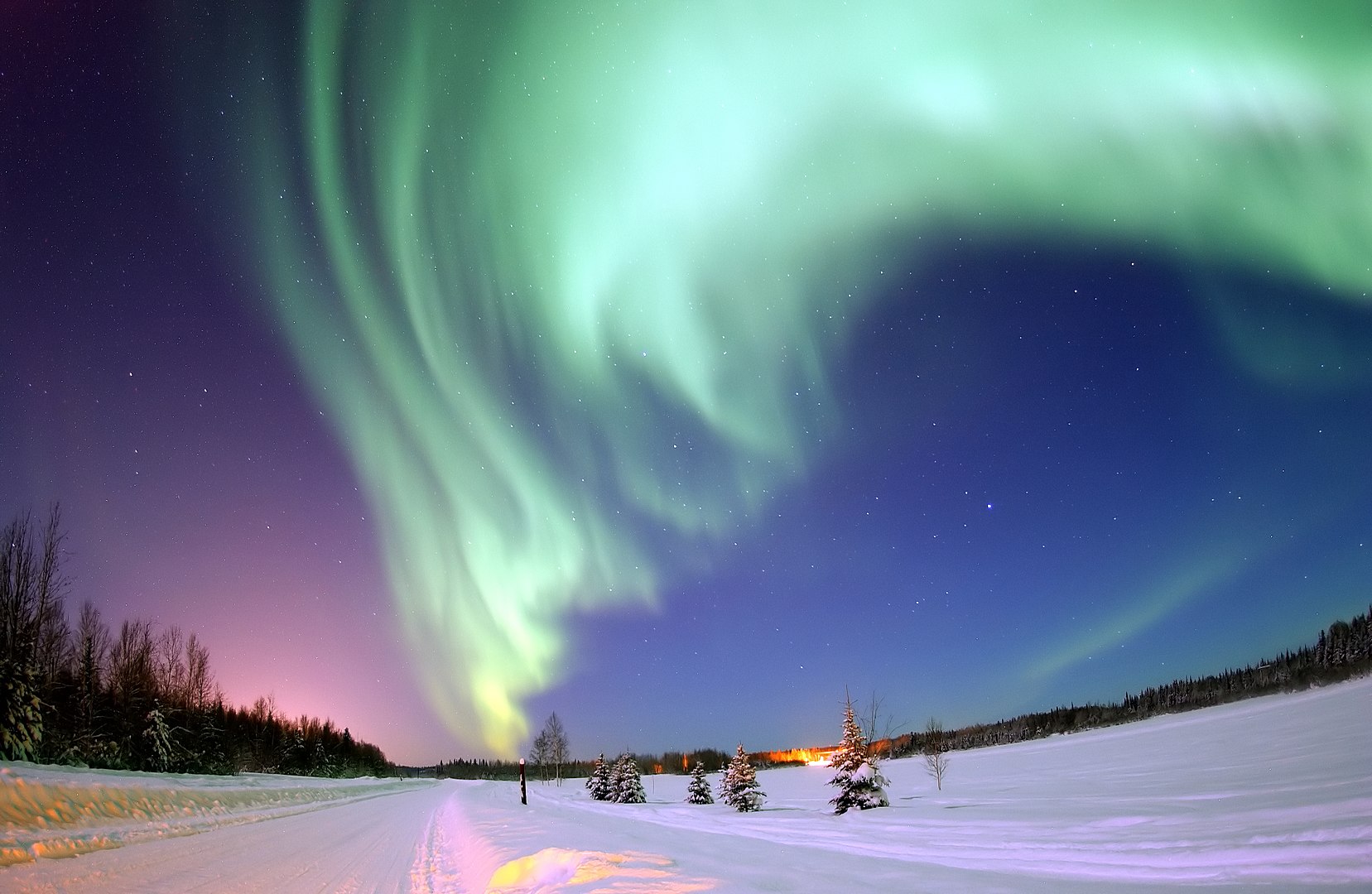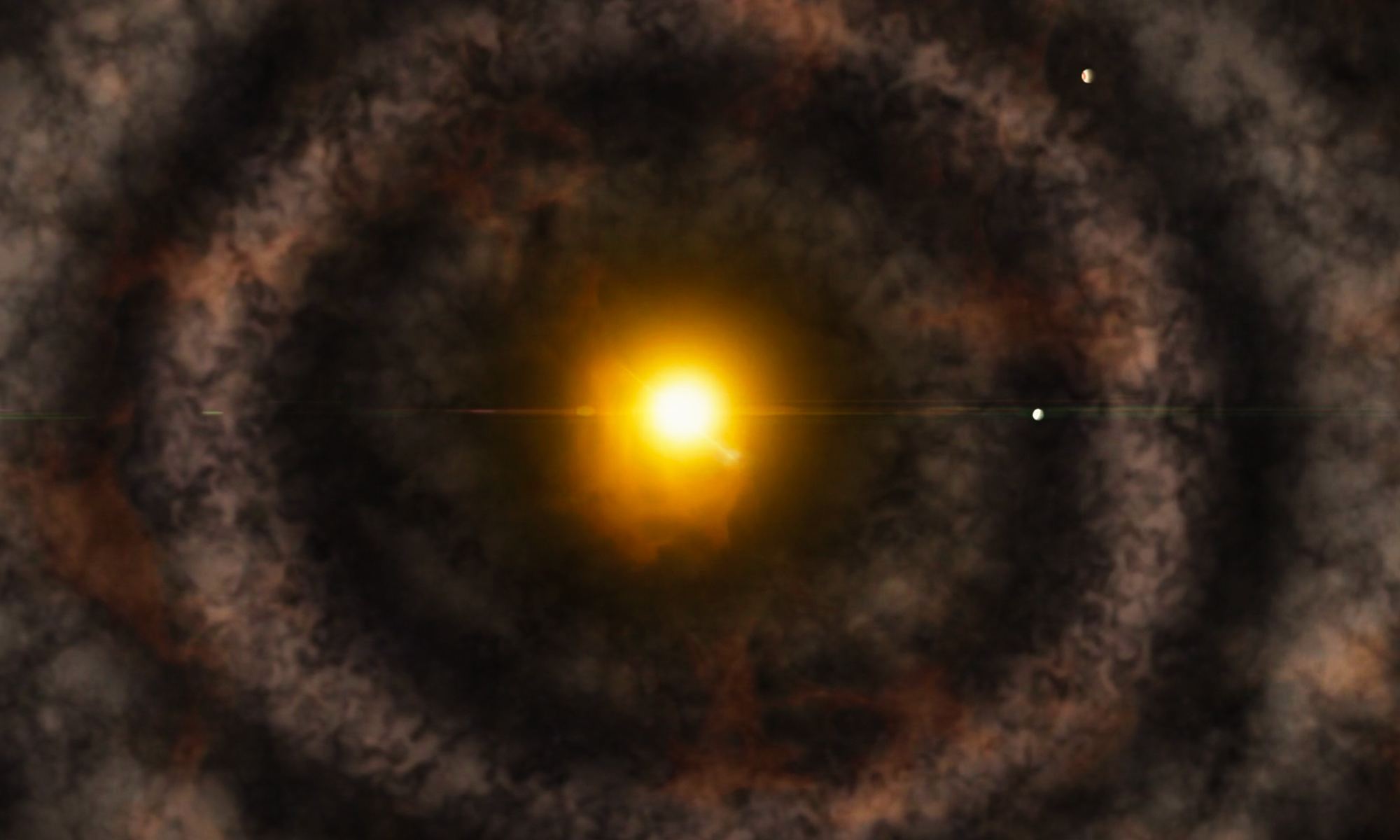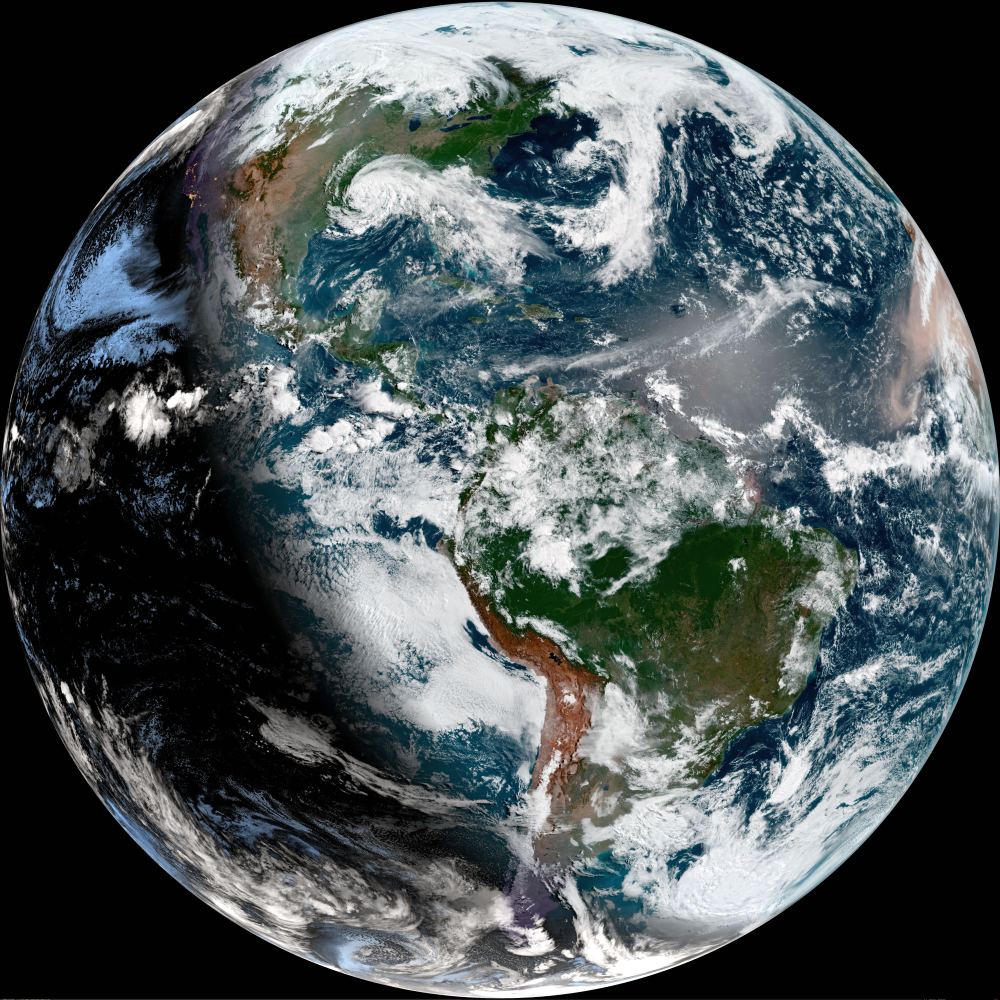Wind the cosmic clock back a few billion years and our Solar System looked much different than it does today. About 4.5 billion years ago, the young Sun shone much like it does now, though it was a little smaller. Instead of being surrounded by planets, it was ensconced in a swirling disk of gas and dust. That disk is called a protoplanetary disk and it’s where the planets eventually formed.
There was a conspicuous gap in the early Solar System’s protoplanetary disk, between where Mars and Jupiter are now, and where the modern-day asteroid belt sits. What exactly caused the gap is a mystery, but astronomers think it’s a sign of the processes that governed planet formation.
Continue reading “The Early Solar System Had a Gap Where the Asteroid Belt is Today”





